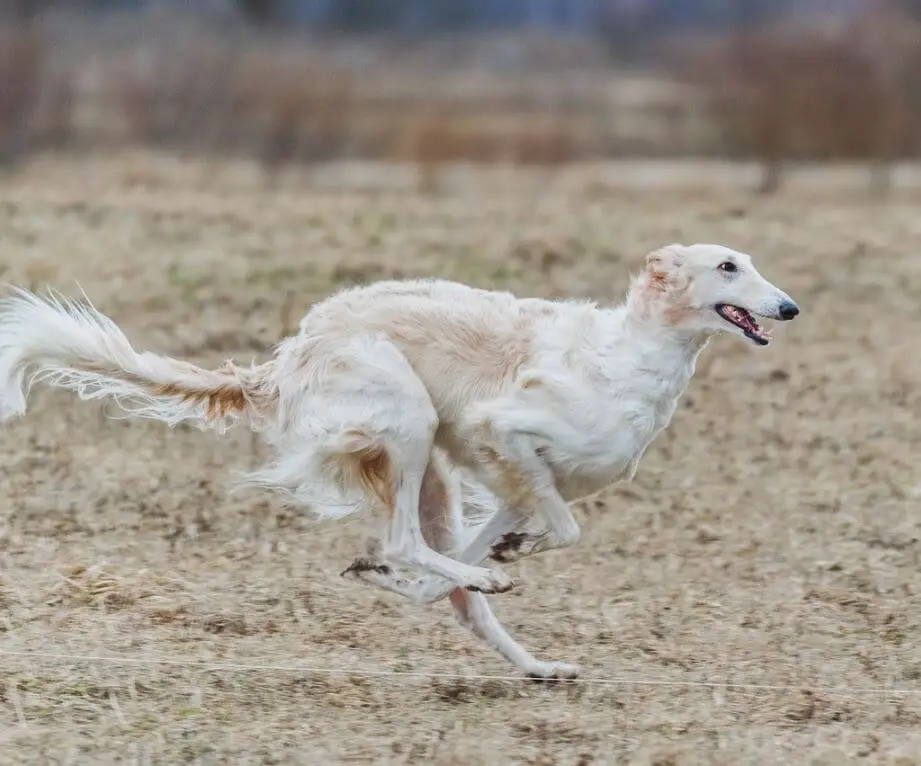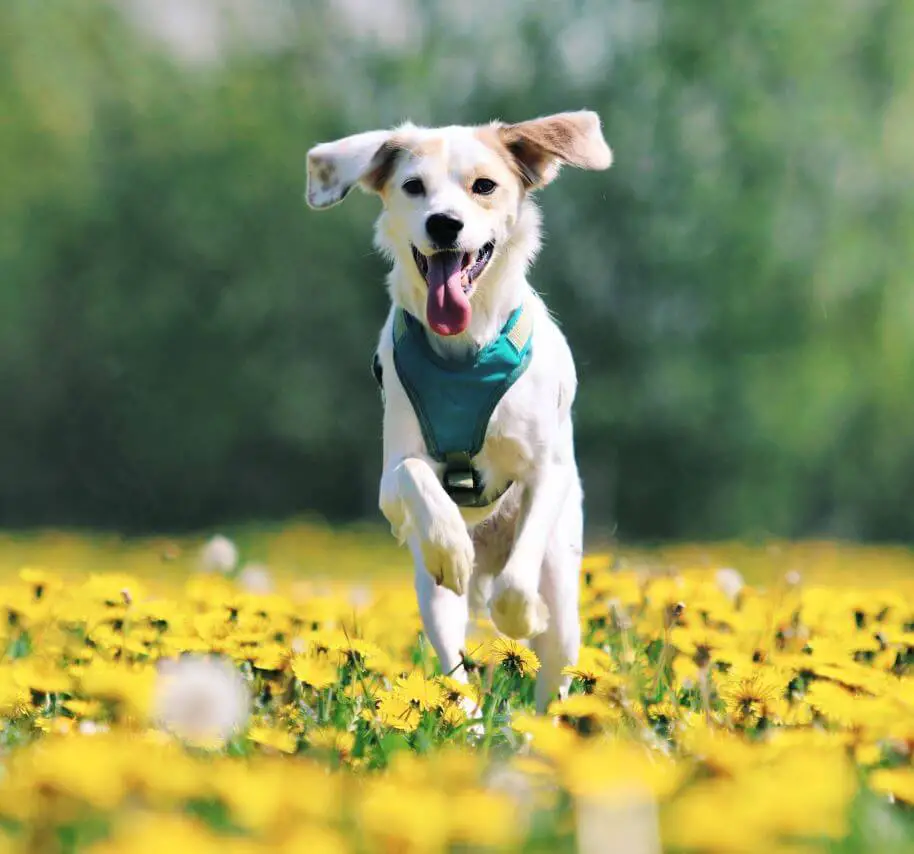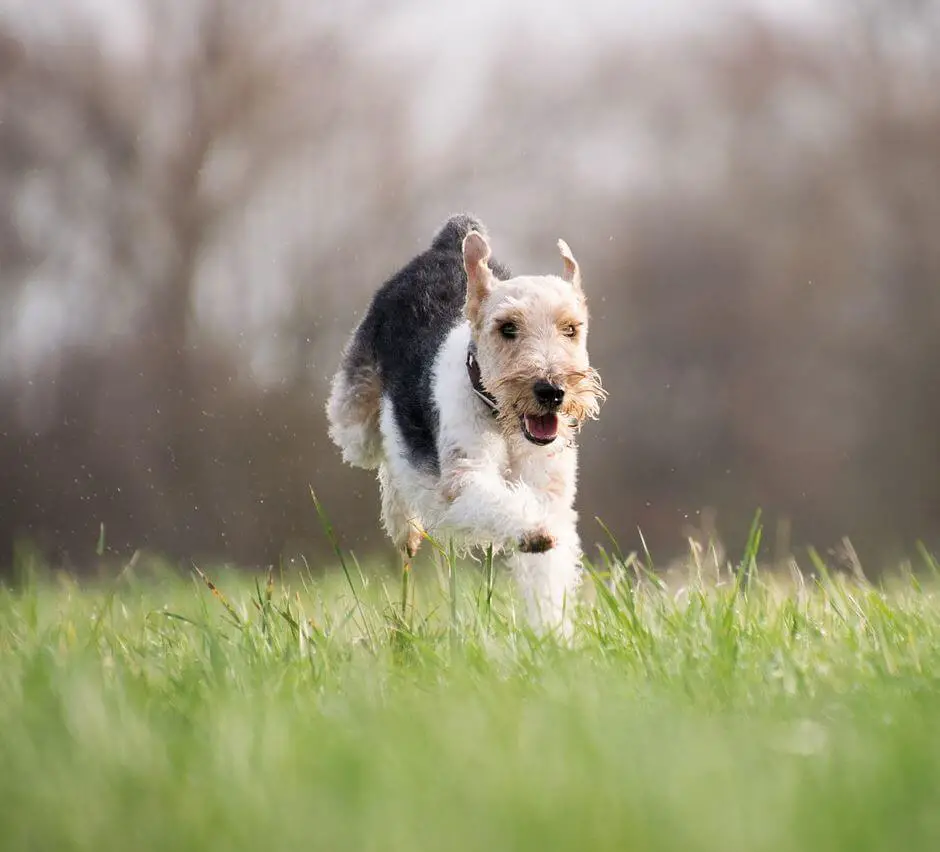The heart-stopping moment when you realize your furry friend has slipped away can be every dog owner’s nightmare. The act of running away is a behavior that perplexes many pet parents. In this comprehensive guide, we’ll explore the reasons behind why dogs run away and offer practical tips on preventing this common but concerning behavior.

Understanding Why Dogs Run Away:
- Curiosity and Exploration: Dogs are naturally curious creatures. The allure of new scents, sounds, and sights may entice them to venture beyond familiar territory.
- Unmet Social or Physical Needs: Dogs are social animals that thrive on interaction and physical activity. Lack of mental stimulation or insufficient exercise may prompt them to seek stimulation elsewhere.
- Fear or Anxiety: Loud noises, unfamiliar environments, or past traumatic experiences can trigger fear or anxiety in dogs, compelling them to escape from perceived threats.
- Reproductive Instincts: Intact male and female dogs may run away in pursuit of a mate during the breeding season. Spaying or neutering can reduce this instinct-driven behavior.
- Lack of Boundaries: Dogs thrive on structure and clear boundaries. Without proper training and established limits, they may perceive the world as an open playground, making them more prone to running away.

Preventing Dogs from Running Away:
- Supervised Outdoor Time: Always supervise your dog when outdoors, especially in unfenced areas. Use a leash or a secure, enclosed space to minimize the risk of them running away.
- Secure Fencing: If possible, invest in secure fencing around your yard. Ensure that it’s tall enough to prevent jumping and extends below ground to deter digging.
- Identification and Microchipping: Ensure your dog wears a collar with an identification tag containing your contact information. Additionally, microchip your dog for an added layer of identification in case they get lost.
- Training and Recall Commands: Implement basic obedience training, including reliable recall commands. Regularly practice recall in a controlled environment to reinforce their response.
- Provide Mental Stimulation: Engage your dog with interactive toys, puzzle feeders, and varied activities to satisfy their mental and physical needs, reducing the likelihood of boredom-driven escapades.
- Spaying or Neutering: If your dog is not intended for breeding, consider spaying or neutering. This not only helps control the pet population but can also diminish the instinct to roam in search of a mate.
Addressing Fear and Anxiety:
- Create Safe Spaces: Provide your dog with a designated, safe space within your home where they can retreat during stressful situations.
- Desensitization Training: Gradually expose your dog to feared stimuli in a controlled manner, rewarding calm behavior. Seek professional guidance if your dog’s anxiety persists.
- Calming Supplements or Medications: Consult with your veterinarian about using calming supplements or medications to alleviate anxiety in certain situations.

Understanding why dogs run away is the first step in preventing this worrisome behavior. By addressing their needs, providing proper training, and creating a secure environment, you can significantly reduce the risk of your beloved canine companion embarking on unplanned adventures. Remember, a combination of supervision, training, and preventative measures is key to keeping your dog safe and secure at home.
